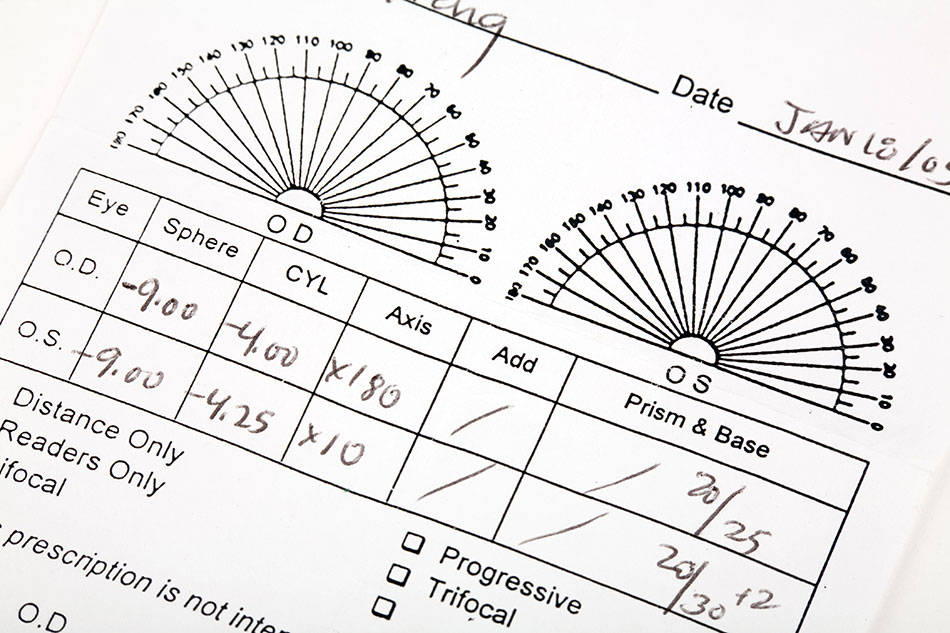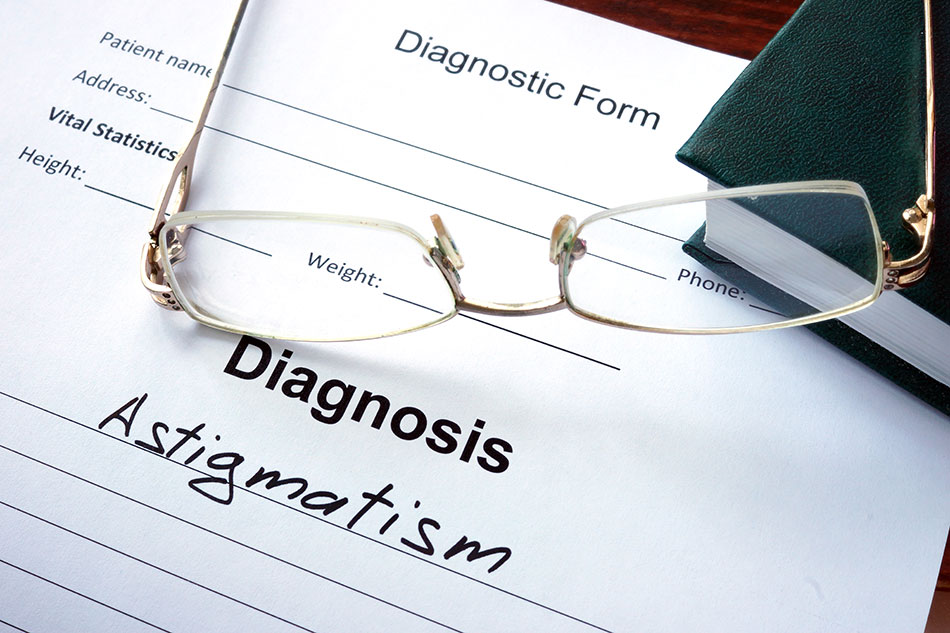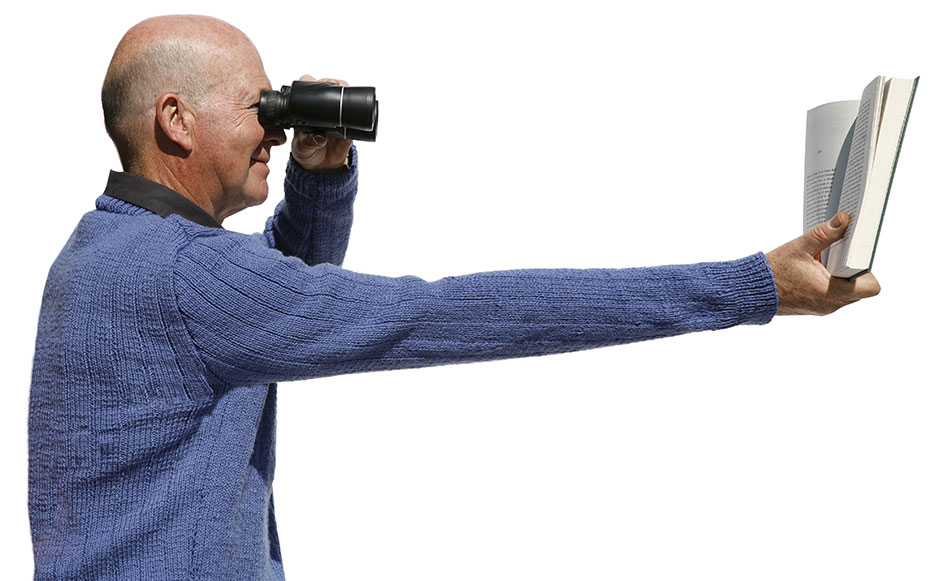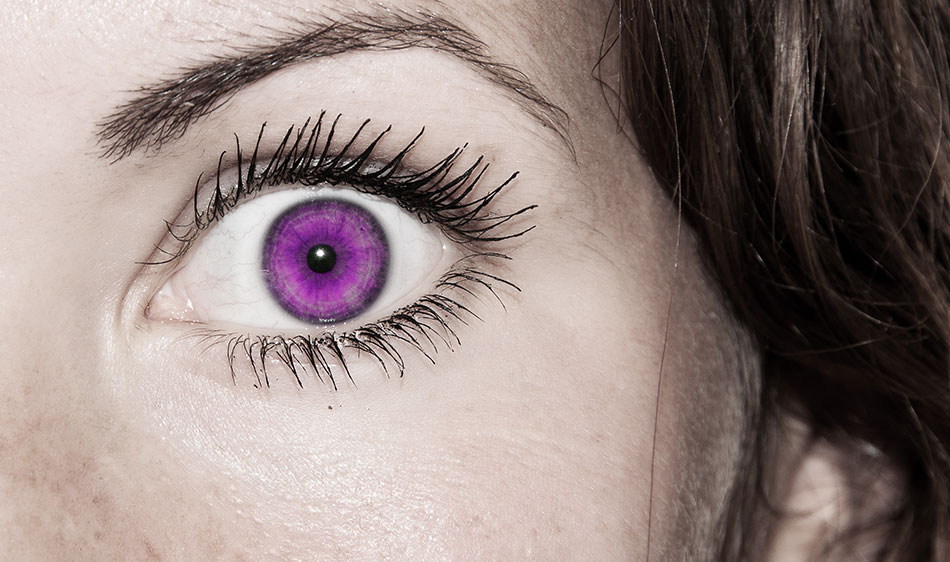How to Understand Your Contact Lens Prescription

After your eye exam, your optometrist provides a prescription filled with numbers and abbreviations. But what do they all mean? Understanding your contact lens prescription helps ensure you order the right lenses for your vision and comfort needs.
Let’s break down what each section of your prescription represents and how it helps create the perfect fit for your eyes.
What Does a Contact Lens Prescription Include?

Every contact lens prescription contains key information about your vision correction and lens fit. It starts with your name, the prescribing doctor, the lens brand, and the expiration date. Most contact prescriptions are valid for one to two years.
A contact lens prescription is not the same as a glasses prescription. Contacts sit directly on the eye, so their measurements must account for curvature, diameter, and oxygen flow.
Below are the main components you will find on a contact lens prescription.
The Three Main Parts of a Contact Lens Prescription
To help you see, the contacts must have the right fit, size and strength.
1. Base Curve (BC): The Fit of the Lens
The base curve tells you how curved the contact lens should be to fit your eye comfortably. It is measured in millimeters and often falls between 8.3 and 9.0.
- A lower number means a steeper curve.
- A higher number means a flatter curve.
Getting this measurement right is important. A lens that is too flat can shift and blur your vision, while one that is too steep can cause irritation.
2. Diameter (DIA): The Size of the Lens
The diameter measures the width of the contact lens, typically between 13.8 mm and 14.5 mm. This ensures the lens covers your cornea properly.
Even small differences in eye shape can require different diameters, so lenses are customized for your exact measurements.
3. Power (PWR or SPH): Your Vision Correction
The power, also labeled as sphere (SPH), indicates whether you are nearsighted or farsighted.
- A minus (-) sign means you are nearsighted (myopia).
- A plus (+) sign means you are farsighted (hyperopia).
The number following the sign is measured in diopters (D) and shows how strong the correction needs to be. A higher absolute value indicates stronger vision correction.
Additional Prescription Details
Not every prescription includes these sections, but they are important for people with specific vision conditions or needs.
Astigmatism (Cylinder and Axis)

The rest of your prescription may be blank. This means you have no further eye conditions that affect how you see. But if you have a condition like astigmatism, you’ll find a little more to your prescription.
With astigmatism the shape of your cornea is a little different. Because the shape isn't a perfect sphere, your eye isn't able to bend light normally to help you see clearly.
A normal contact is shaped to fit an eye with the shape of a soccer ball. Gas permeable and toric lenses are available for eyes with astigmatism, which are shaped more like footballs.
Toric lens prescriptions will show the cylinder and the axis of your eye. On the contact box, both are usually listed on the same line.
The cylinder, always negative, tells how severe your astigmatism is. The axis gives the angle needed to correct your vision. Here, you'll see a number from 0 to 180 degrees.
Ask your doctor about gas permeable and toric lenses. Even more types of contacts for astigmatism are available. Some patients with astigmatism even find colored contacts that fit their eyes. You should be able to find comfortable lenses, despite your condition.
Presbyopia (ADD and Dominant Eye)

The final listing is for presbyopia. A further diagnosis of presbyopia means a loss of close-up vision, which usually occurs with age. You may need bifocals or other multifocal lenses, which contacts can accommodate.
You'll find the addition listed under the letters ADD on your prescription. The magnification gets a number between 0.5 and 3.0 to tell how severe your presbyopia is.
Doctors select one of your eyes as the dominant eye, which they denote on the prescription. You'll see one of your eyes listed as dominant (D) and one listed as non-dominant (N).
Plano Lenses (For Cosmetic or Colored Contacts)

Sometimes people want to change the color of their eyes, but they don't need any vision correction. For color changes only, order non-corrective contact lenses.
Colored lenses with zero corrective power, or plano lenses, are for aesthetic use. They make great additions to costumes for Halloween, theatrical performances or cosplay. They are still a "medical device" though. So a doctor needs to check your eyes before you buy them. Then you'll receive a prescription for these non-corrective lenses.
Plano lens prescriptions will list only the base curve and the diameter because the lenses still need to fit your eyes. However, they won't have any information about the power or diopter because they aren't for correcting vision problems.
Why You Need a Contact Lens Prescription
Even if your vision feels fine, it is important to use an accurate and up-to-date prescription. Wearing the wrong lenses or expired contacts can cause blurry vision, discomfort, or infection.
Your prescription ensures that your contacts:
- Fit your eyes correctly
- Provide clear, stable vision
- Maintain proper oxygen flow to prevent irritation
Always schedule regular eye exams to check for changes in your vision or corneal health.
Let's See!

Now that you've decoded the numbers, everything is now clear! You'll be able to see through the darkness and read your contact lens prescription.
It doesn't matter what your eye condition is. From astigmatism to presbyopia, there’s likely a contact lens that can work for you. The next time you have an appointment with the optometrist, talk about the numbers you find on your prescription. Then you’ll be all clear about how to place an order for your contact lenses.
FAQ: Understanding Contact Lens Prescriptions
Why is my contact lens prescription different from my glasses prescription?
Contacts sit directly on the eye, so they need different curvature and diameter measurements. Glasses rest farther away and use a different focal distance.
What does BC mean on my contact lens box?
BC stands for base curve, which measures how curved your lens is to fit your eye comfortably.
What does DIA mean on my prescription?
DIA stands for diameter, which measures the width of your contact lens in millimeters.
What does the plus or minus sign mean in my prescription?
A plus sign means you are farsighted, while a minus sign means you are nearsighted.
How do I know if I have astigmatism?
If your prescription includes a cylinder (CYL) and axis, you have astigmatism. These numbers help create toric lenses that correct uneven curvature.
What does ADD mean on my prescription?
ADD is used for multifocal lenses and shows the additional magnification needed for reading or close-up tasks.
